Want to compete in Men physique contests? This article covers all you need to know: membership requirements, judging criteria, posing techniques, and year-round conditioning strategies.
Key Takeaways
-
Register with a recognized bodybuilding organization and maintain Active membership status to compete in Men’s Physique contests.
-
Understanding judging criteria, including symmetry, stage presence, and mandatory poses, is essential for excelling in competitions.
-
Year-round conditioning and a tailored training regimen are crucial for maintaining competitive readiness and achieving success in higher-level contests.
Membership Requirements
To compete in Men’s Physique contests, the first step is to register with a recognized bodybuilding organization such as the NPC (National Physique Committee). This registration involves signing an Athlete Membership Agreement and paying a membership fee, which grants you Active status within the organization. Active membership status is required to participate in any official contests, and it must be renewed annually to prevent it from lapsing into Inactive status.
Maintaining your Active status is crucial, as lapses can lead to significant consequences. For instance, if you qualify for an amateur contest and do not register within a year, you forfeit your right to apply for IFBB PRO status. This means that consistent participation and adherence to the membership guidelines are crucial for advancing in your bodybuilding career.
Meeting these membership requirements keeps you eligible for competitions and demonstrates commitment and professionalism in the sport. Complete the necessary paperwork and renew your membership on time to avoid any disqualification issues.
Judging Criteria Breakdown
Understanding the judging criteria is vital for excelling in Men’s Physique contests. The main objective is to showcase a physique that is both balanced and visually appealing. This physique should also reflect health and fitness. Judges look for noticeable muscularity and display physiques, but extreme muscularity or leanness is discouraged.
Symmetry is a key factor in judging. Competitors should display a well-proportioned physique where no single muscle group dominates. Achieving this balance creates a harmonious look highly valued by judges. Additionally, competitors are expected to have a small waist and a defined V-taper from shoulders to waist, enhancing their overall aesthetics.
Stage presence and confidence are also significant factors. The way you carry yourself on stage, your posture, and your facial expressions can leave a lasting impression on the judges. Muscular definition and symmetry are often showcased during the individual presentation segment, making it a crucial aspect of the competition.
Lastly, maintaining tight abs from all angles can significantly improve your scoring. This attention to detail in muscle definition and overall presentation helps in making a noticeable impact on the judges. Focus on presenting a fit, symmetric, and confident physique to maximize your chances of success.
Mandatory Poses and Quarter Turns

Mastering mandatory poses and quarter turns is key for effectively showcasing your physique. These poses are designed to highlight muscle definition and symmetry, and maintaining proper posture throughout is key. In the front pose, stand confidently with parallel feet and use hand placement to demonstrate symmetry.
The front double biceps pose involves elevating the elbows and contracting the lats. This pose, along with the front lat spread, emphasizes upper body width and the V-taper. In side poses, athletes can choose stances that best accentuate their physique, allowing for variations in foot positioning.
In back poses like the back double biceps and rear lat spread, keep your elbows elevated and flare your lats to emphasize back width. Common mistakes in the back pose include locking out the knees or overdoing the bend, which can detract from the intended silhouette. A slight bend in the knees helps maintain an upright posture without appearing to squat.
Finally, the abdominals and thigh pose requires competitors to flex their legs and core, highlighting muscle definition while standing at a slight angle. Execute each pose and quarter turn with precision and confidence to effectively display your physique.
Group Comparisons
Group comparisons in Men’s Physique contests allow judges to evaluate competitors from different perspectives. During these comparisons, competitors perform quarter turns to showcase their physiques from various angles. This process helps judges assess symmetry, muscle definition, and overall conditioning.
Fluid movements without stiffness are crucial during group comparisons. Aim to transition smoothly between poses while maintaining a confident and composed demeanor. This demonstrates physical prowess and highlights stage presence and poise.
Competitors are often compared within their class or division based on age, height, or weight. This ensures a fair evaluation and allows judges to assess pose competitors against others with similar physical attributes. Excelling in group comparisons helps you stand out and leave a lasting impression on the judges.
The Back Pose

The back pose is one of the most challenging yet rewarding poses in Men’s Physique competitions. In transitioning to the back pose competitors, focus on flaring your lats to highlight the V-taper while keeping your feet parallel. Proper arm positioning creates a diamond shape, enhancing visibility on stage.
Athletes should avoid leaning back on the support leg to prevent an awkward appearance and maintain a strong V taper. A slight bend in the knees balances the upper and lower body, contributing to a more appealing ‘X Frame’ shape.
Mastering the back pose significantly enhances your overall presentation and scoring.
Individual Presentations

Although not scored, individual presentations can significantly affect judges’ overall perception of a competitor. Stage presence, poise, and the ability to effectively showcase your physique are assessed during these presentations. Competitors are expected to complete their stage walk in a manner suitable for a family audience.
Walking confidently on stage requires maintaining a steady pace and projecting self-assurance through posture and facial expressions. Engaging the audience by making eye contact and displaying a confident smile can enhance your presentation. Props and costumes can be used, provided they align with the event’s standards.
Mastering individual presentations leaves a lasting impression on judges and the audience, potentially influencing overall scoring and awards for Best Presentation.
Stage Walk Techniques
The stage walk during individual presentations showcases physiques through selected poses and quarter turns. While not formally scored, the stage walk can influence judges’ overall perception and may affect awards for Best Presentation. Competitors perform sequences of poses to music, transitioning smoothly across the center stage.
To emphasize key muscle groups, front pose competitors should practice specific angles and poses while walking. Maintaining a smooth, fluid gait can enhance the overall presentation, making transitions between poses appear seamless. Foot positioning is also important; competitors should avoid crossing their legs and instead maintain a shoulder-width stance for stability.
Consistent posing practice, even outside competition prep, improves muscle control and stage presence, contributing to overall conditioning. Mastering these posing routine techniques elevates your performance and leaves a memorable impression.
Choosing the Right Board Shorts
Selecting the right board shorts is crucial for your presentation in Men’s Physique contests. Board shorts should fit loosely to highlight the V-taper without clinging to the body. Participants should practice posing in their board shorts to ensure the fit allows for freedom of movement.
The selection of board shorts should enhance the competitor’s choice physique, emphasizing muscle definition. Popular brands like Alite Wear and Alphalete offer options well-suited for these competitions.
Carefully selecting your attire accentuates your strengths and makes a positive impression on the head judge.
Preparing for National Level Contests
National level contests demand a higher significant level of conditioning to stand out among top competitors. Competitors should show clear muscle separation. A toned look is essential, but avoid being excessively lean. This balance is crucial for performing well on a larger stage.
To achieve this, competitors must maintain a rigorous training and diet regimen, focusing on both muscle development and overall aesthetics. Attention to detail and consistent effort can differentiate between placing and winning at national level contests.
Maintaining Conditioning Year-Round
Year-round conditioning is essential for staying competitive in Men’s Physique contests. This involves a blend of strength training, cardiovascular exercise, and proper nutrition tailored to individual goals. Successful competitors typically maintain a high protein intake, often comprising 50-60% of their total caloric intake.
Adjusting calorie intake based on activity levels helps maintain muscle mass while managing body fat during the off-season. Cardio sessions at optimal intensity aid in fat loss and conditioning before competitions. A structured weight training routine with variety and muscle group rotation is critical during contest prep.
Implementing structured ‘refeed’ days can assist in resetting metabolism and maintaining energy levels during prolonged dieting phases. Mental preparation, practicing stage presence, and developing confidence are crucial for performing well at contests. Competitors should consider seeking guidance from experienced trainers to enhance their contest preparation strategy.
Starting a contest diet at least 12 weeks before the event is crucial for effective preparation. Regular check-ins and adjustments help competitors stay aligned with their conditioning goals year-round. Dedication and consistency help maintain peak conditioning and readiness for any competition.
Summary
In summary, excelling in Men’s Physique contests requires a combination of proper registration, understanding judging criteria, mastering mandatory poses, and maintaining year-round conditioning. Each aspect, from individual presentations to choosing the right board shorts, plays a crucial role in your overall performance.
By following these guidelines and continuously honing your skills, you can confidently step onto the stage and showcase your hard-earned physique. Remember, dedication and consistency are key to achieving success in Men’s Physique competitions.
Frequently Asked Questions
What are the membership requirements for competing in Men’s Physique contests?
To compete in Men's Physique contests, you must register with a bodybuilding organization such as the NPC, sign an Athlete Membership Agreement, and maintain active status by renewing your membership annually.
What do judges look for in Men’s Physique contests?
Judges in Men's Physique contests prioritize a balanced and aesthetically pleasing physique, emphasizing noticeable muscularity, good symmetry, and stage presence. A small waist and a defined V-taper are also key attributes they assess.
What are the mandatory poses in Men’s Physique contests?
In Men's Physique contests, competitors are required to perform mandatory poses including the front double biceps, front lat spread, side chest, back double biceps, rear lat spread, side triceps, and abdominals and thigh poses. These poses showcase the athlete's physique from various angles, emphasizing muscle definition and symmetry.
How should I choose board shorts for a Men’s Physique contest?
Choose board shorts that fit loosely to accentuate your V-taper and allow for freedom of movement while posing. Opt for established brands like Alite Wear or Alphalete for quality options.
How do I maintain conditioning year-round?
To maintain conditioning year-round, consistently integrate strength training, cardio, and a balanced diet, adjusting calorie intake based on activity levels. Regularly monitor your progress and consider professional guidance for optimal results.


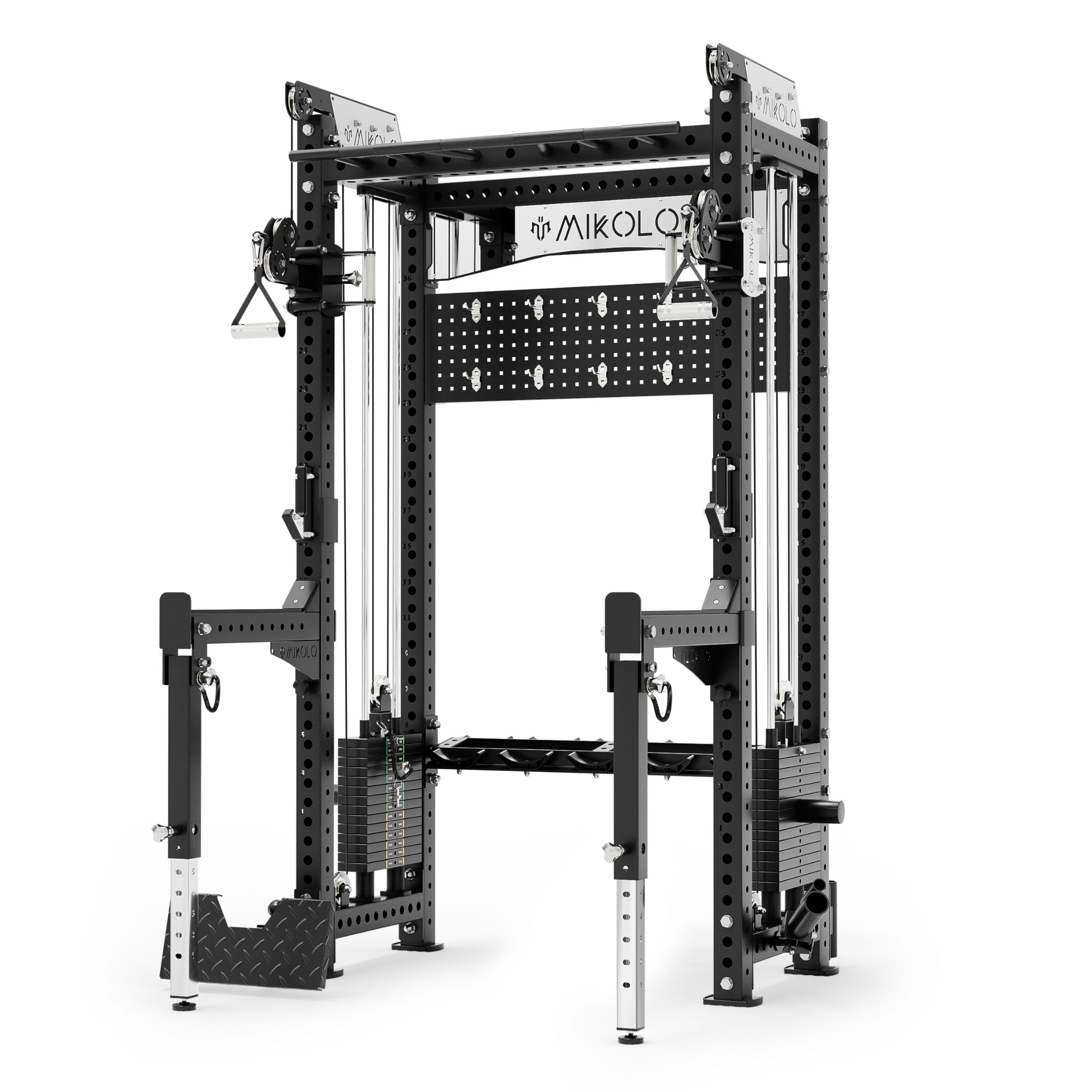


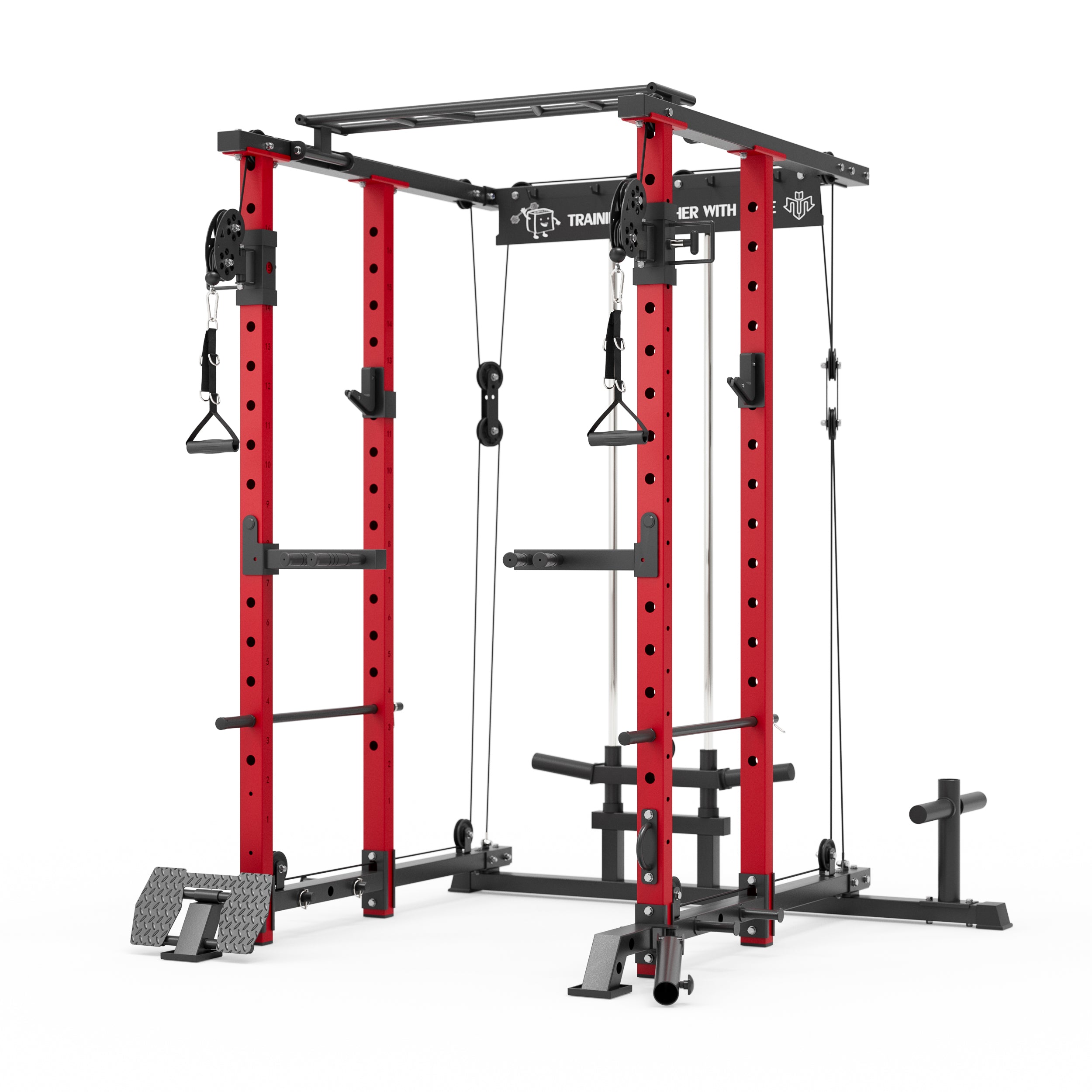

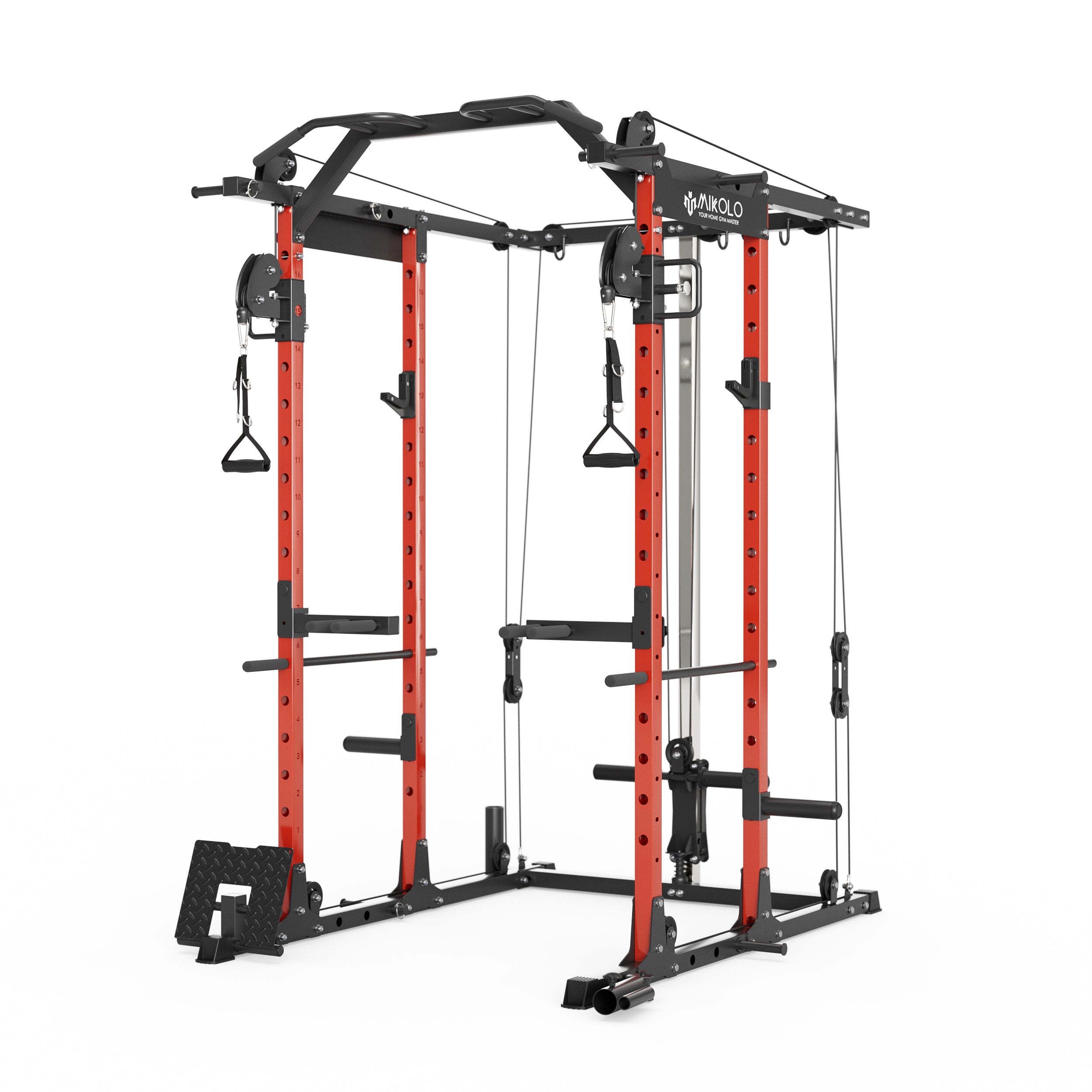
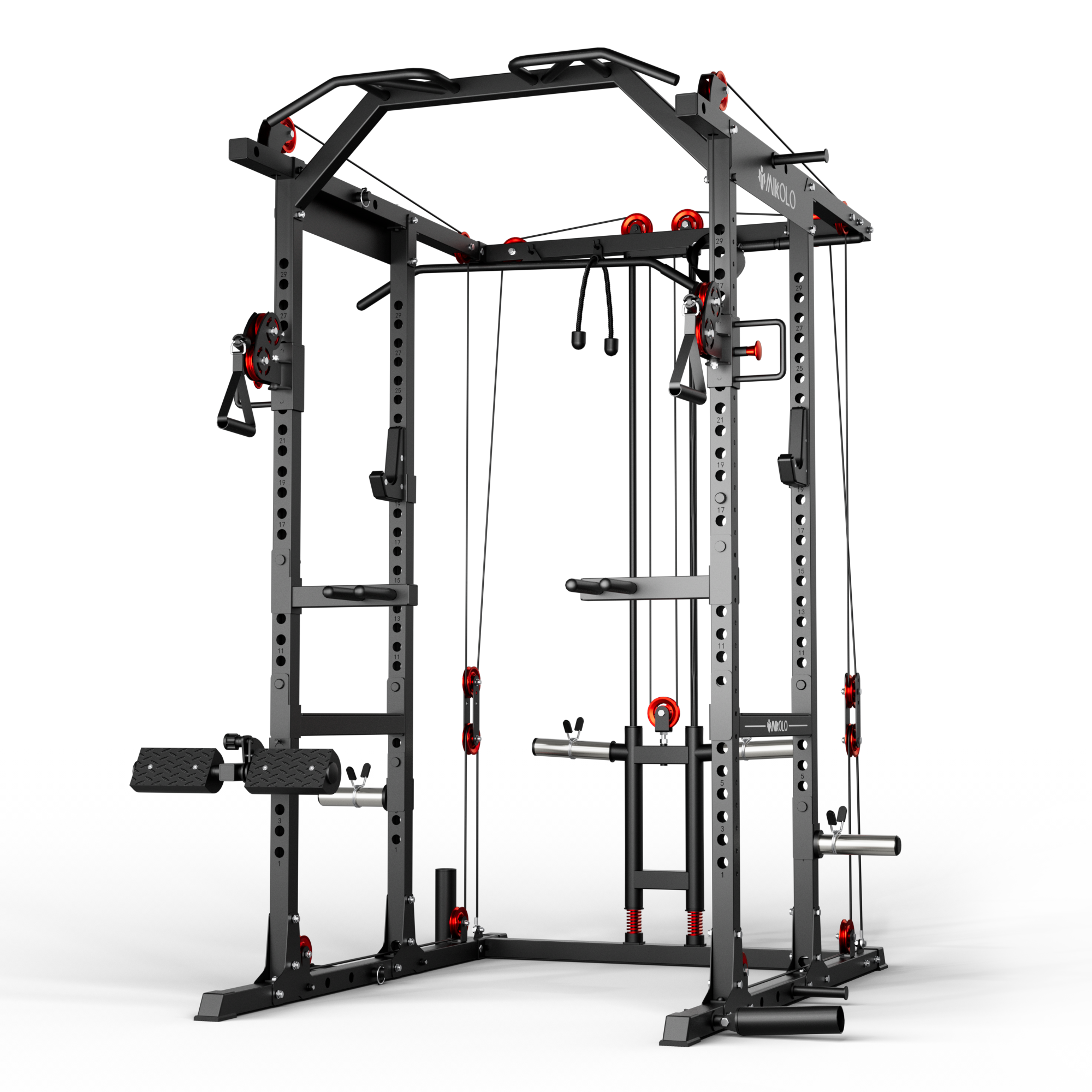
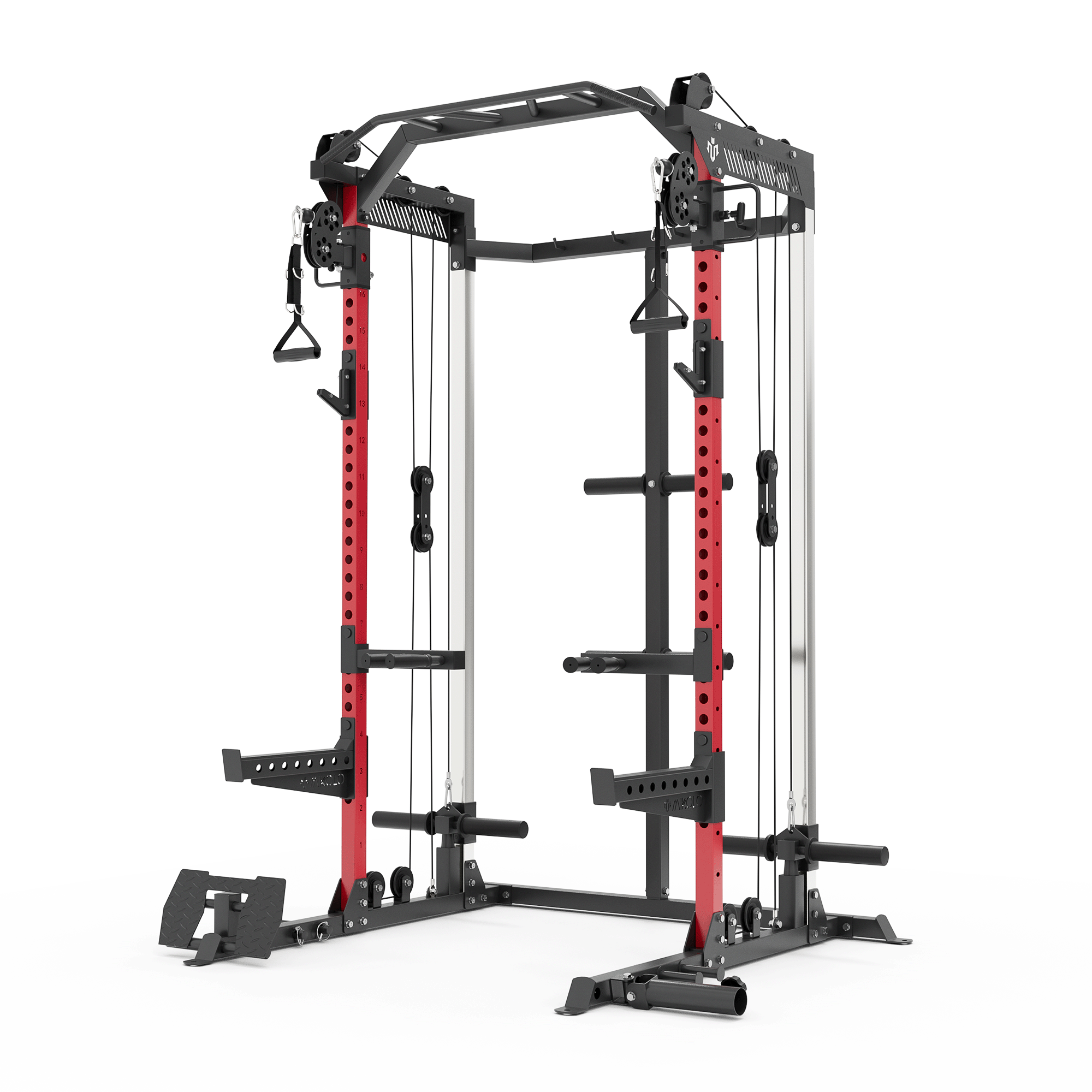
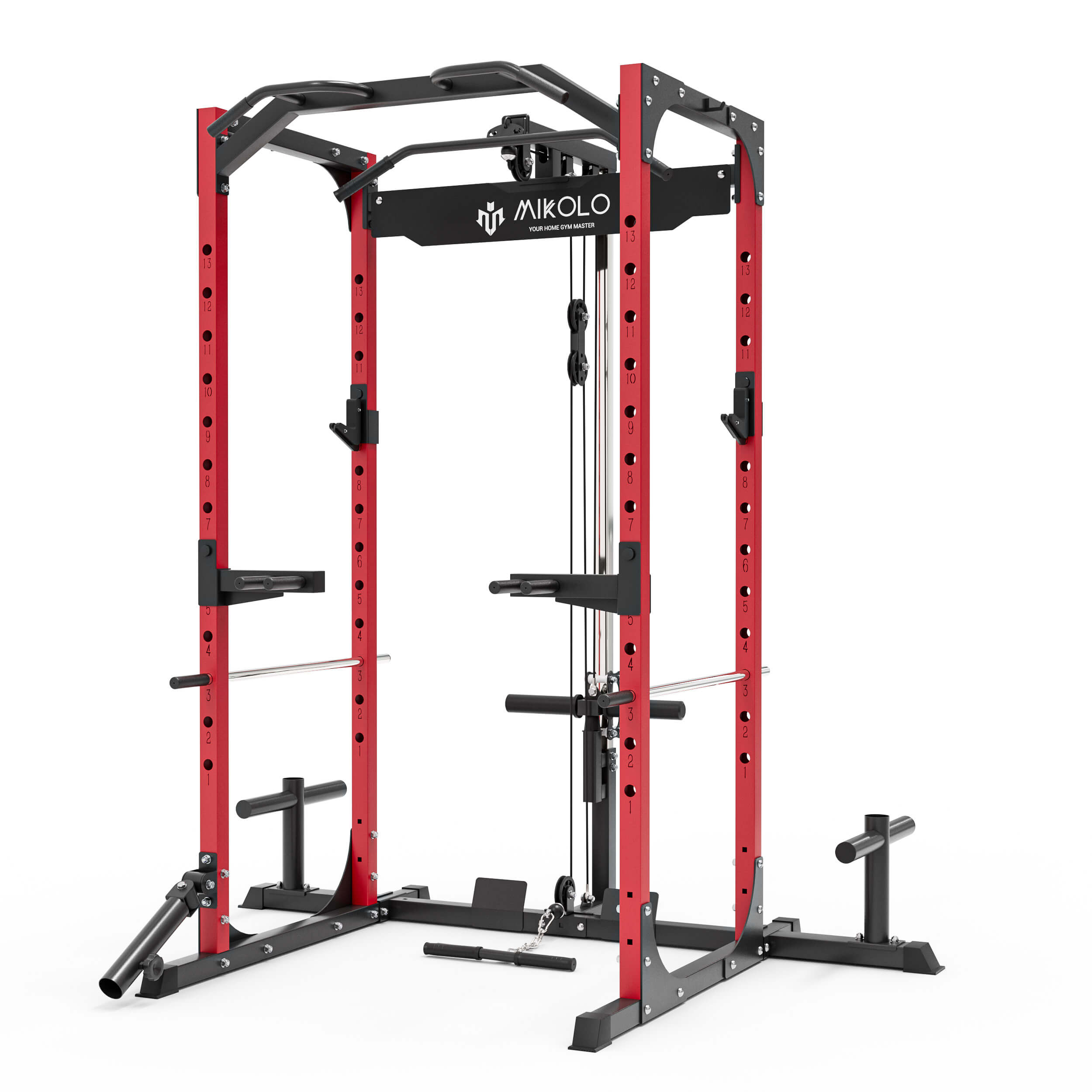



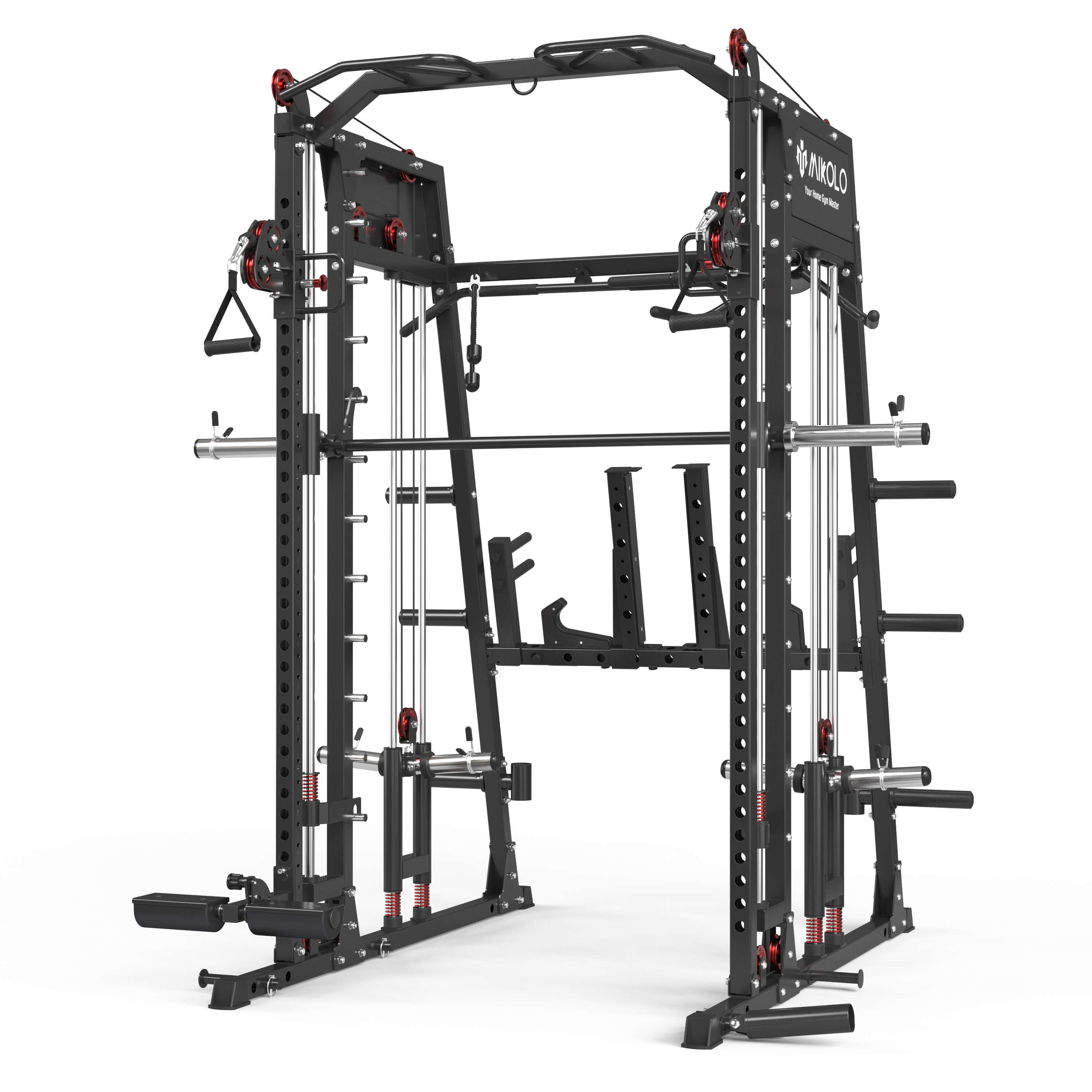

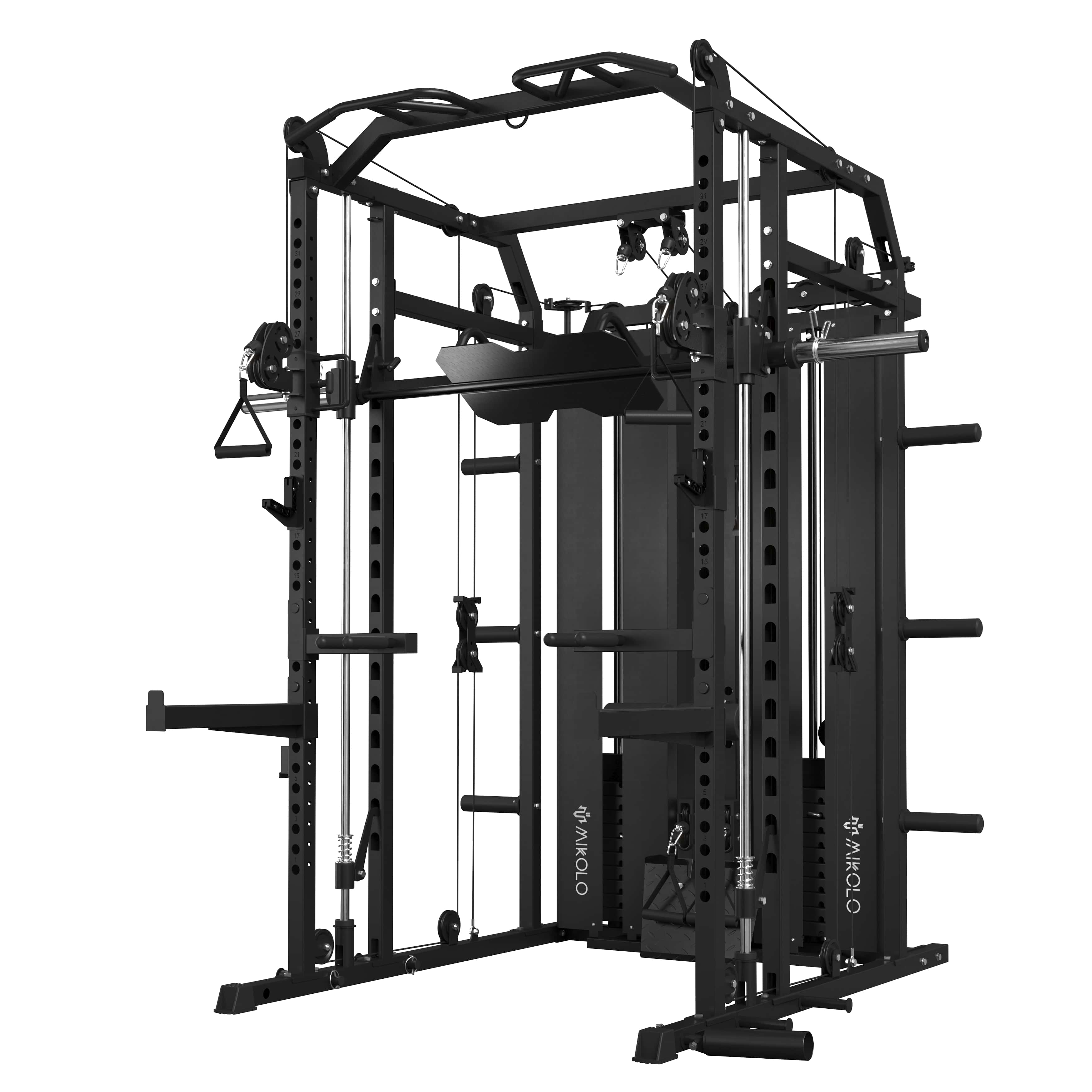
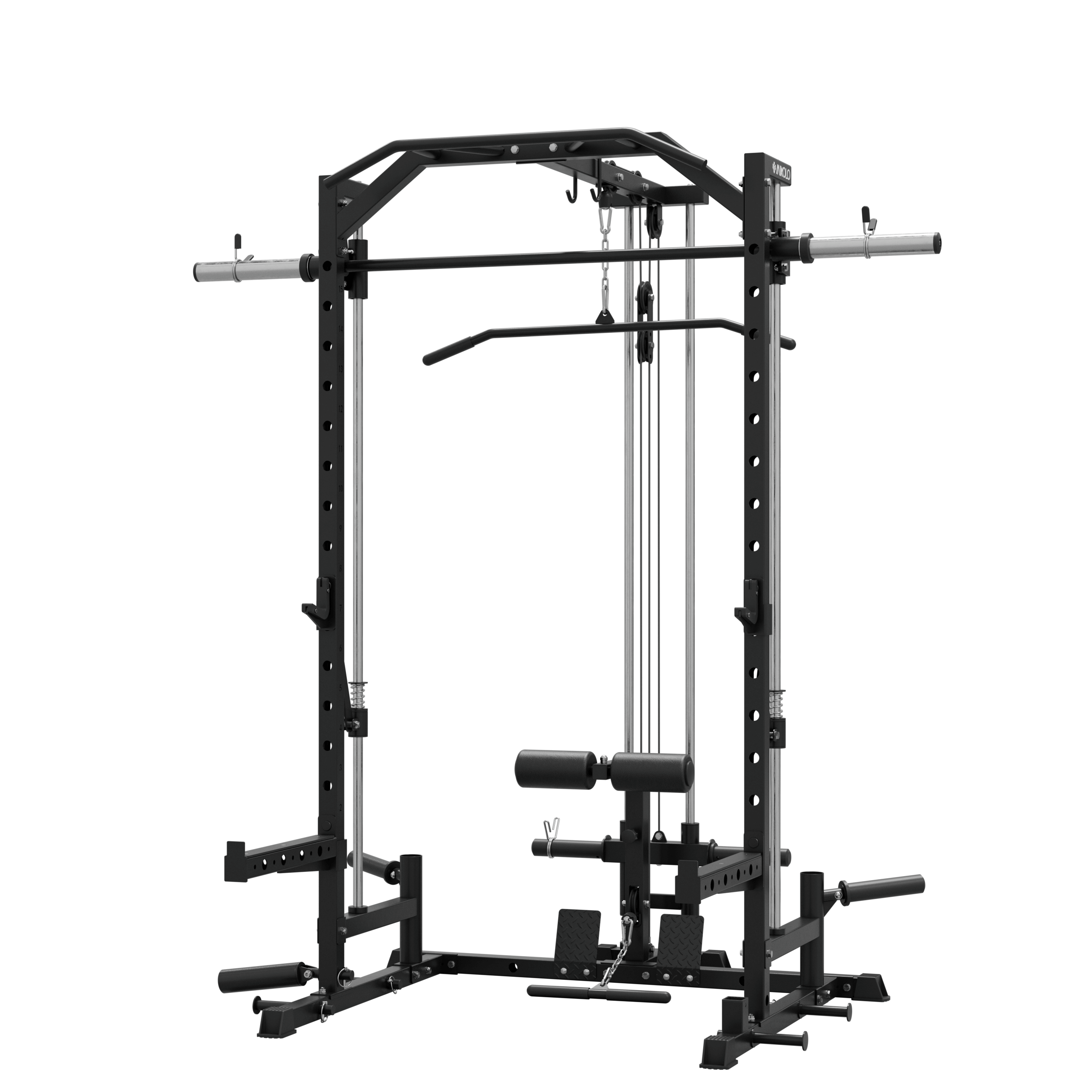
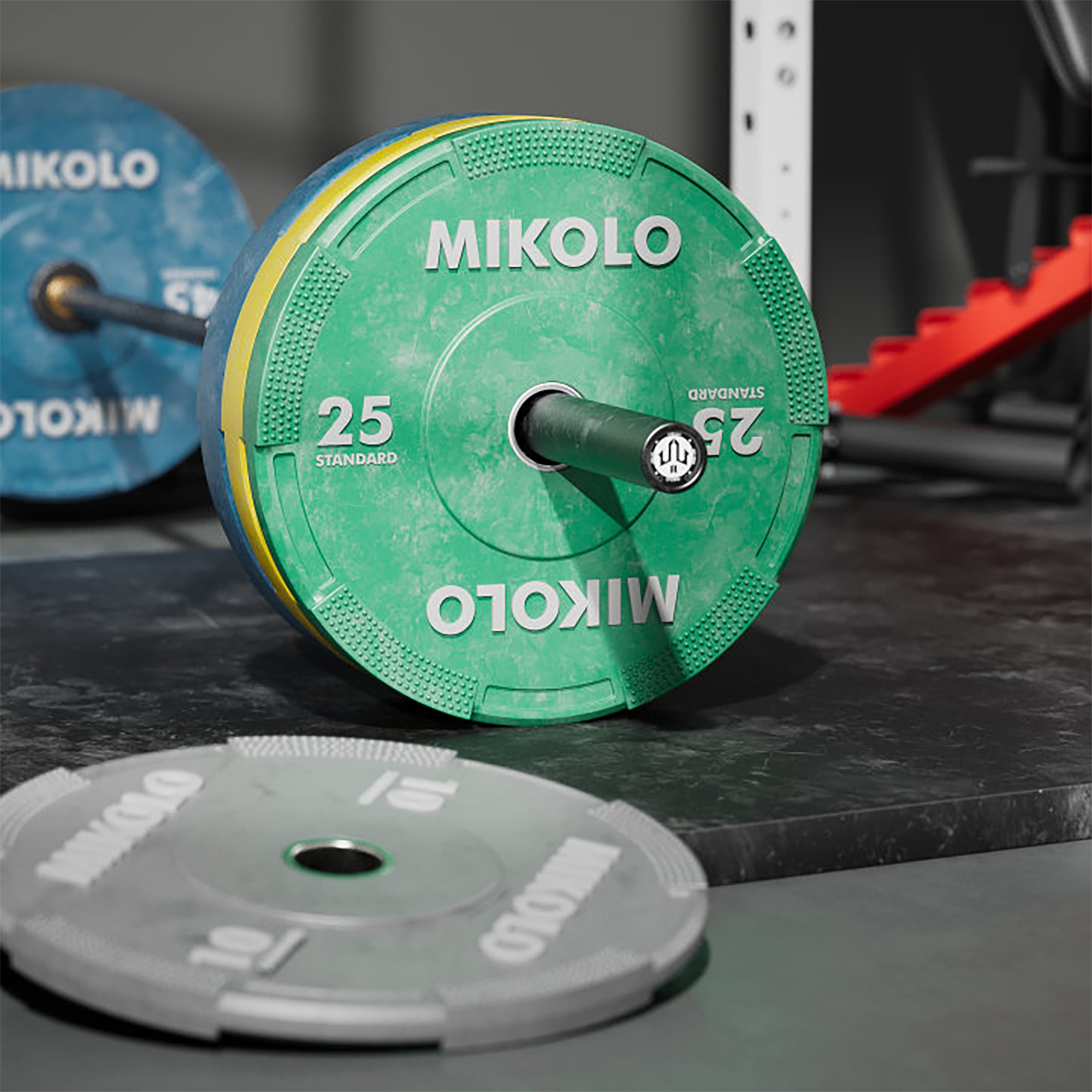
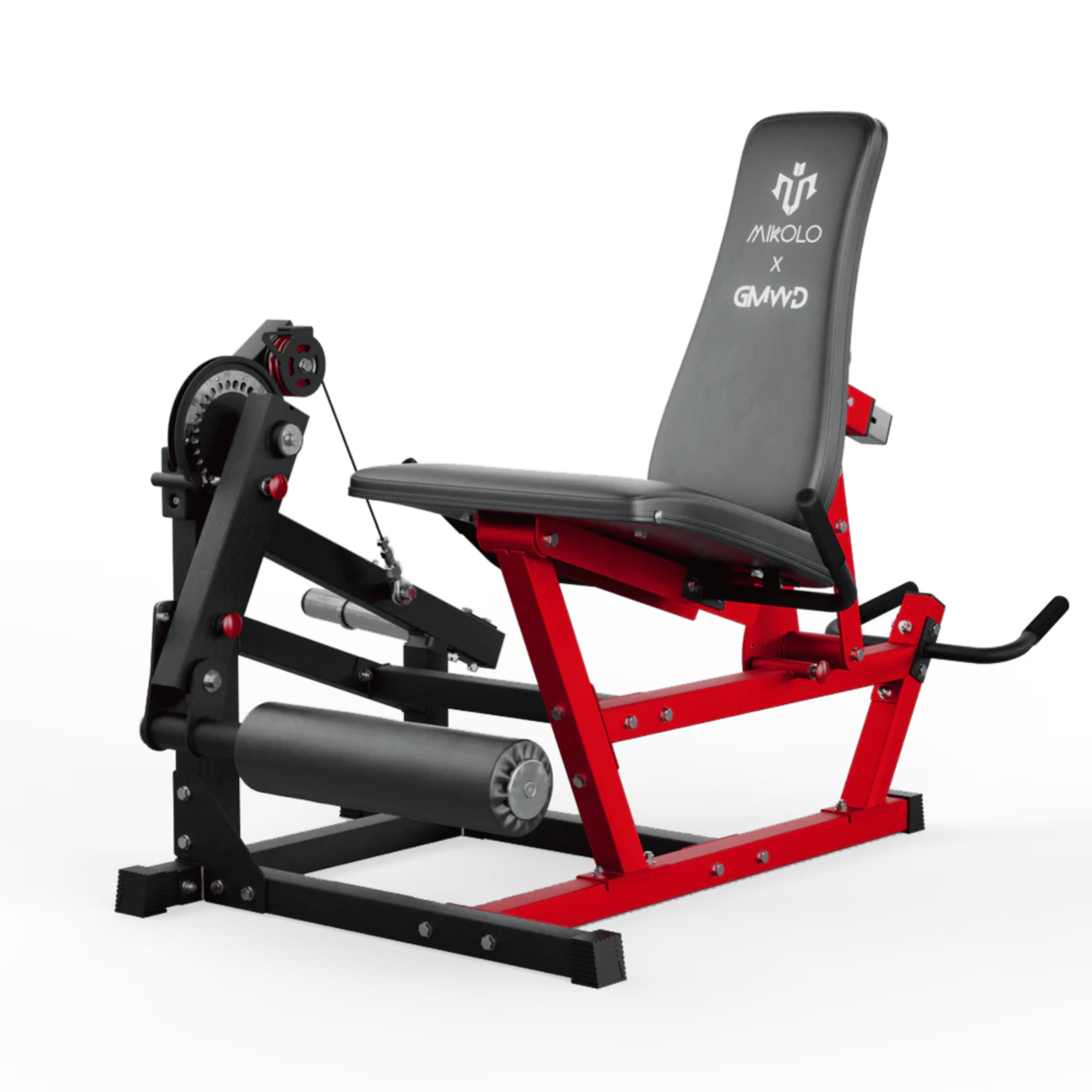
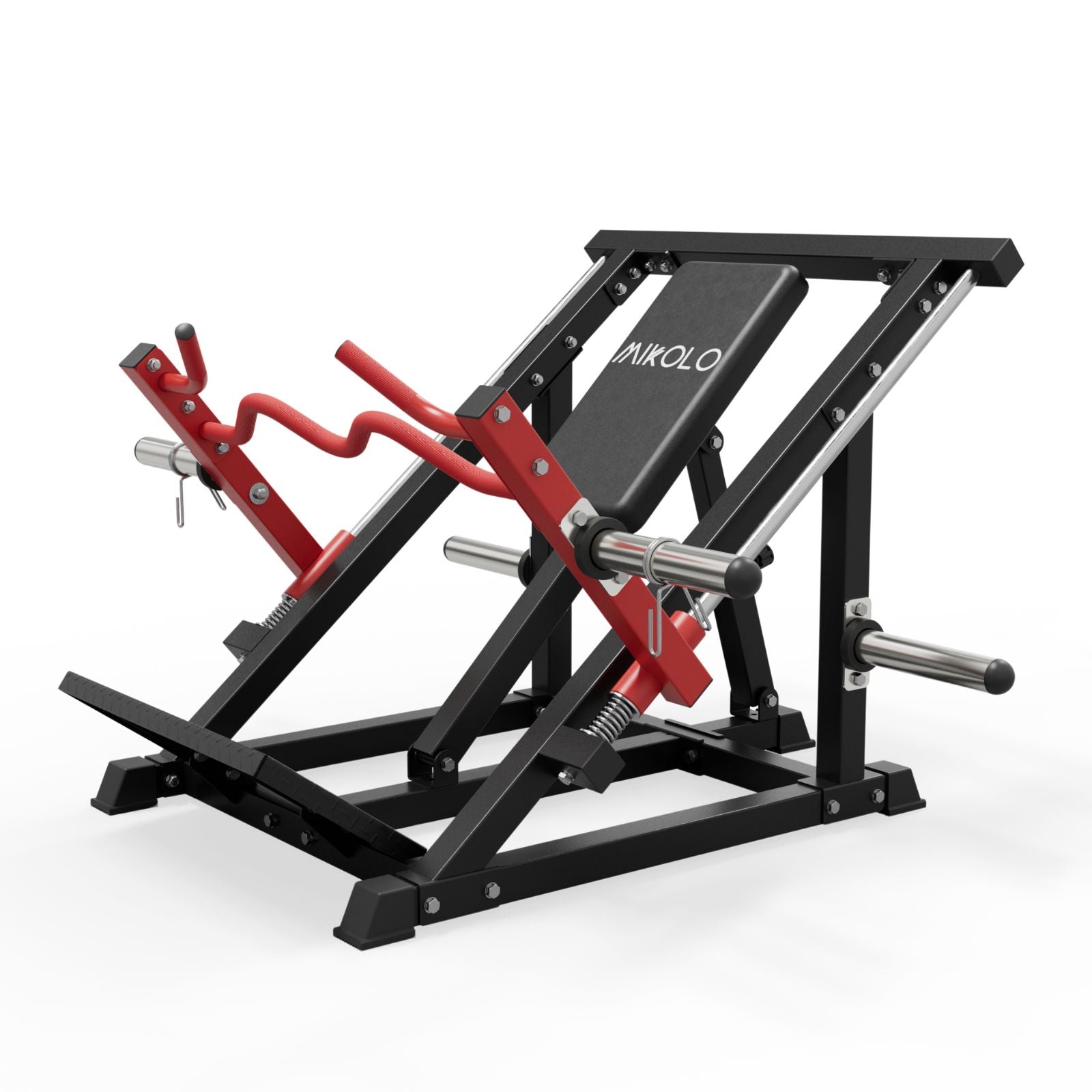
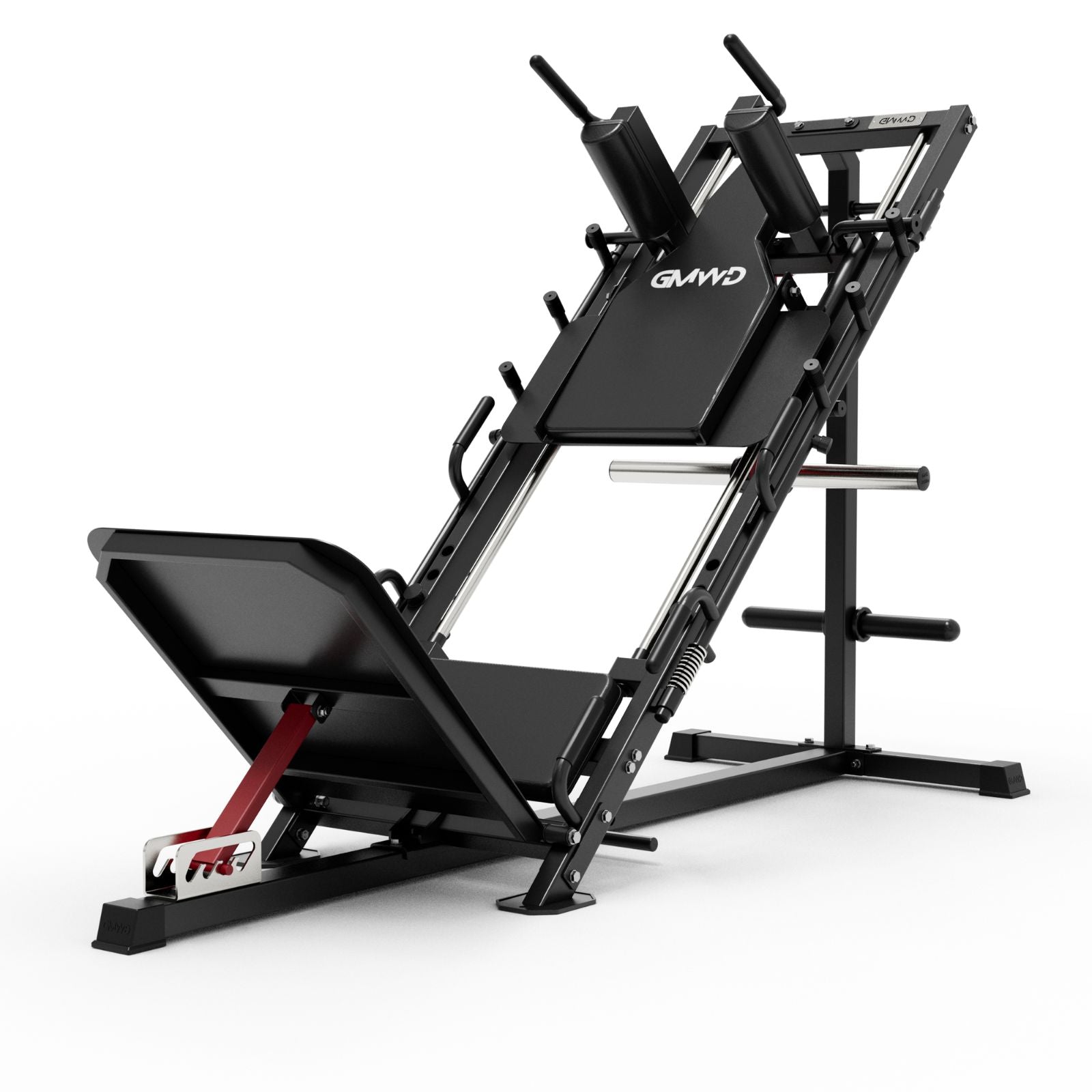


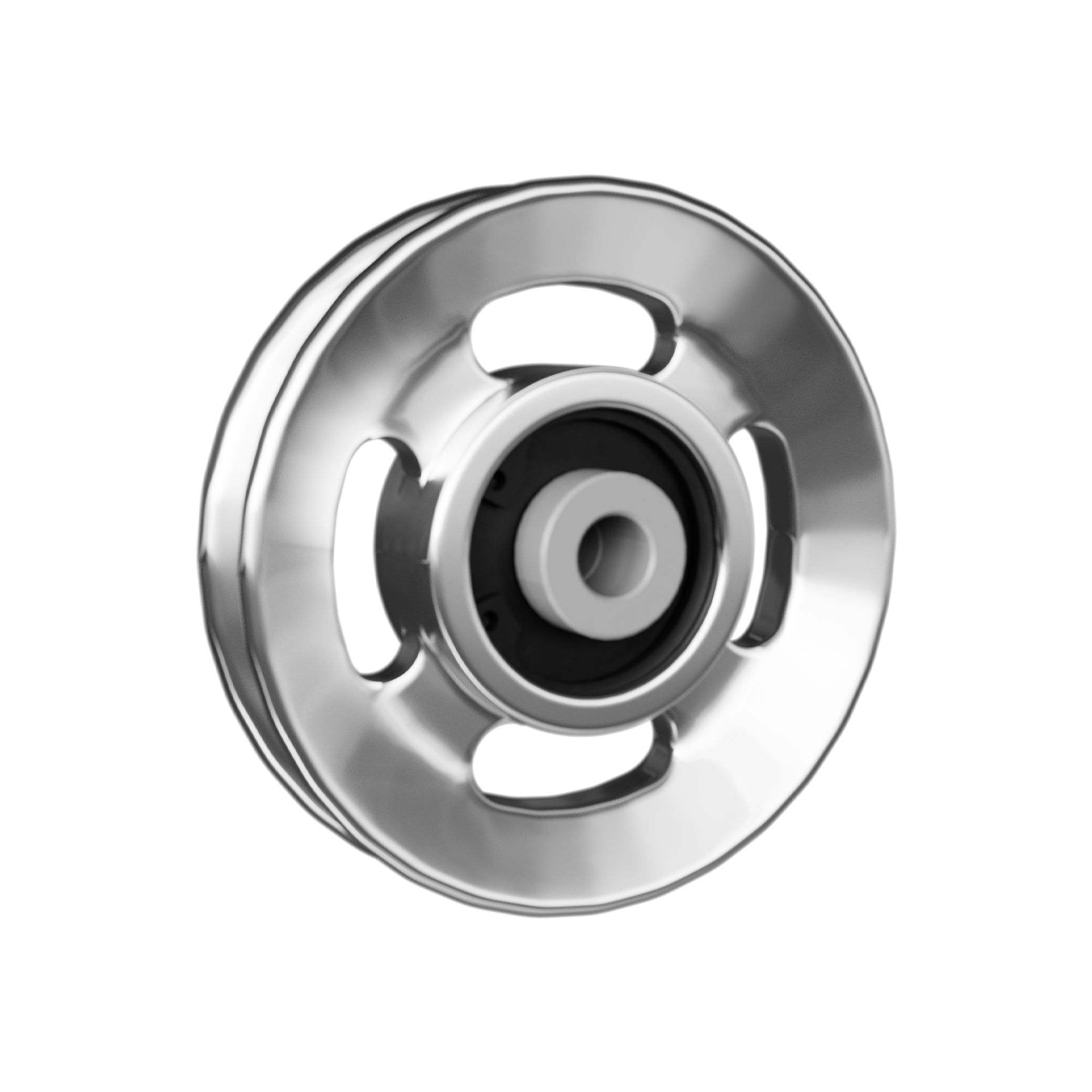
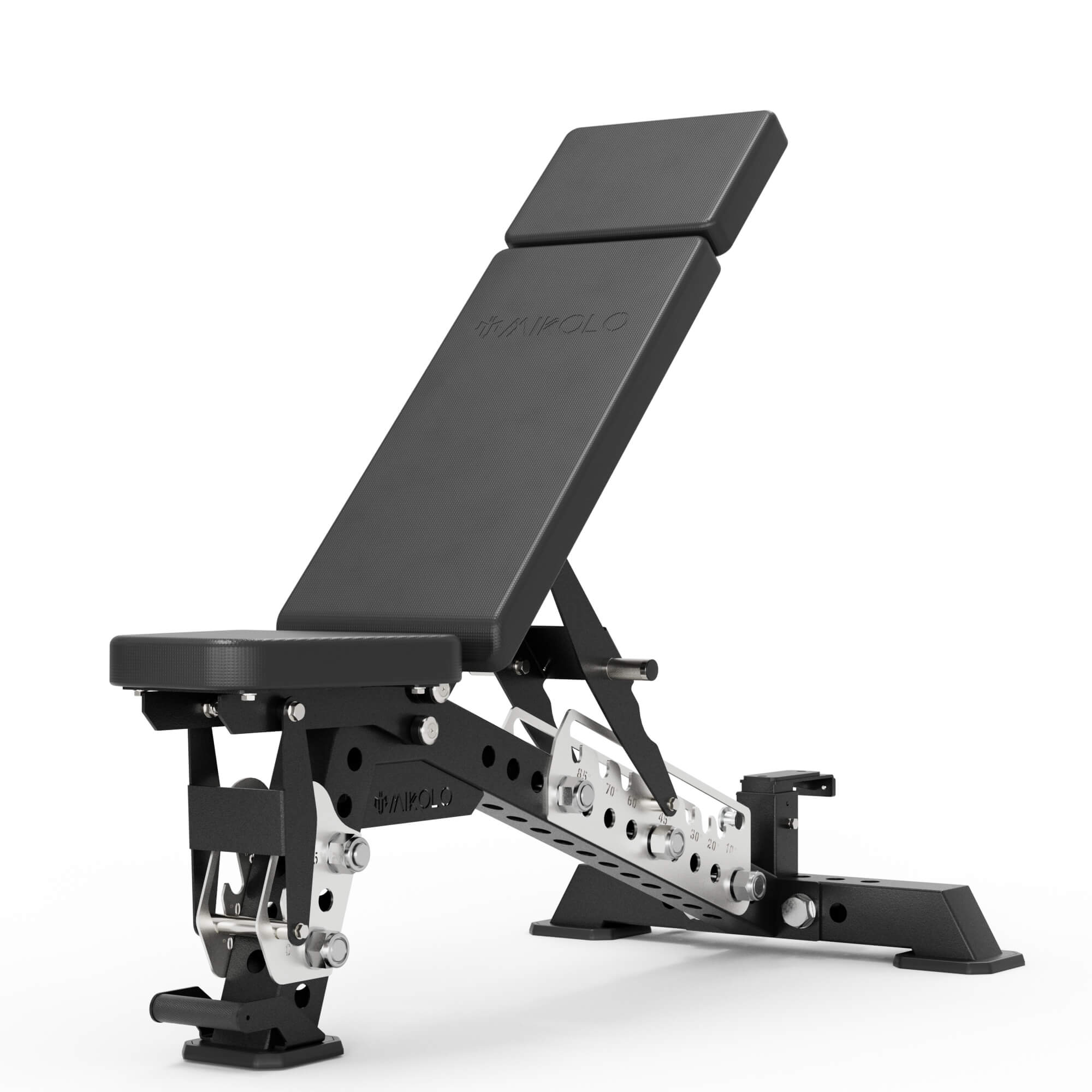


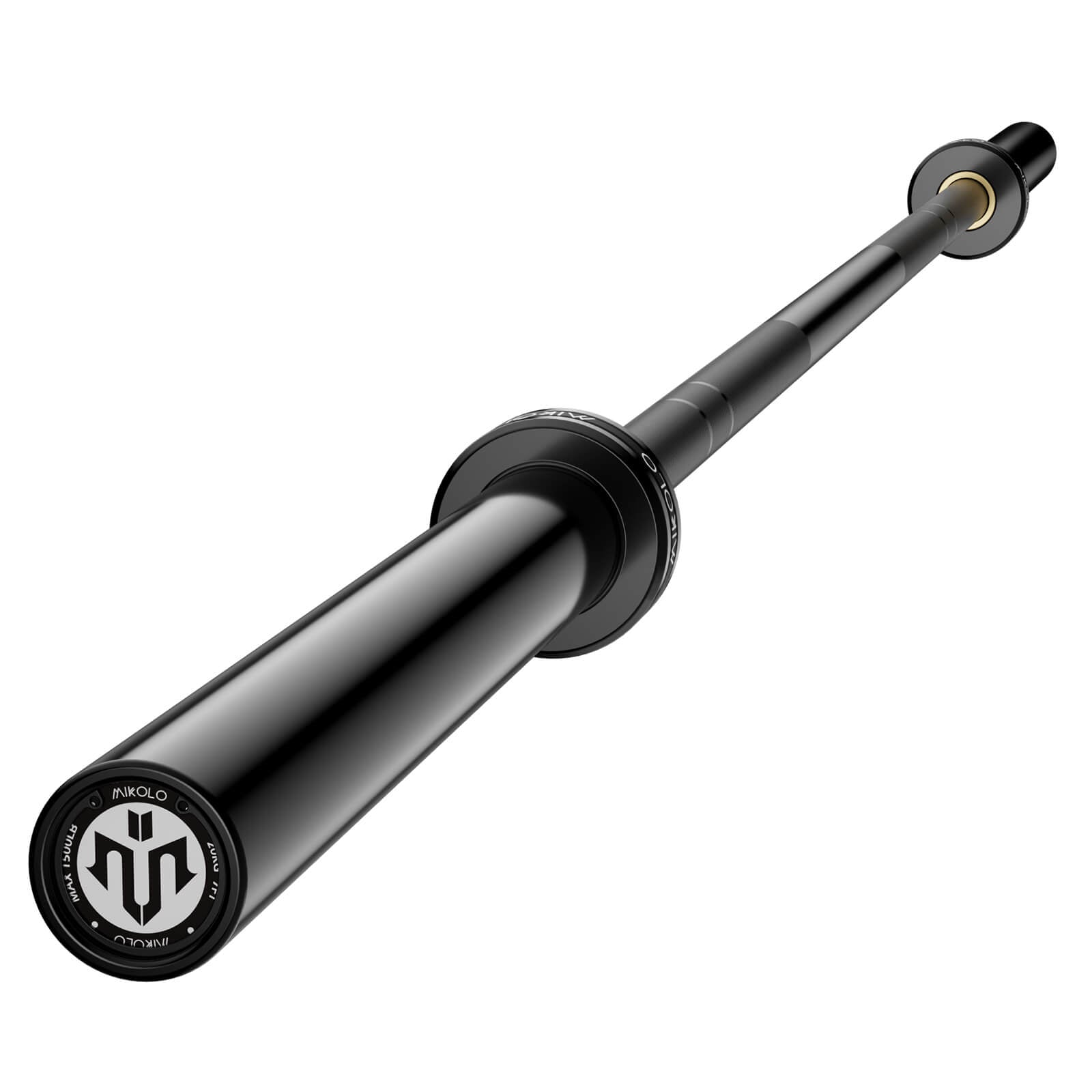

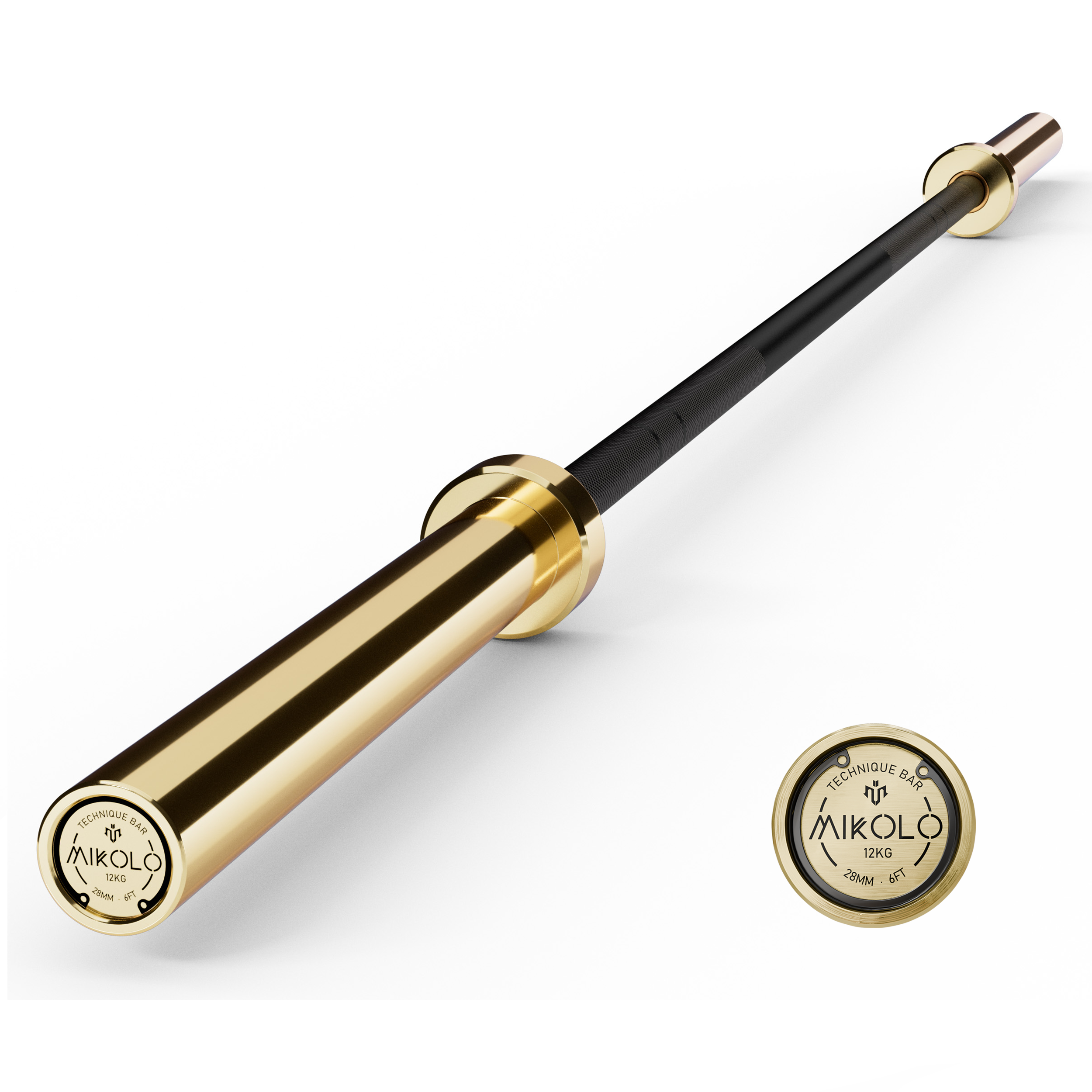
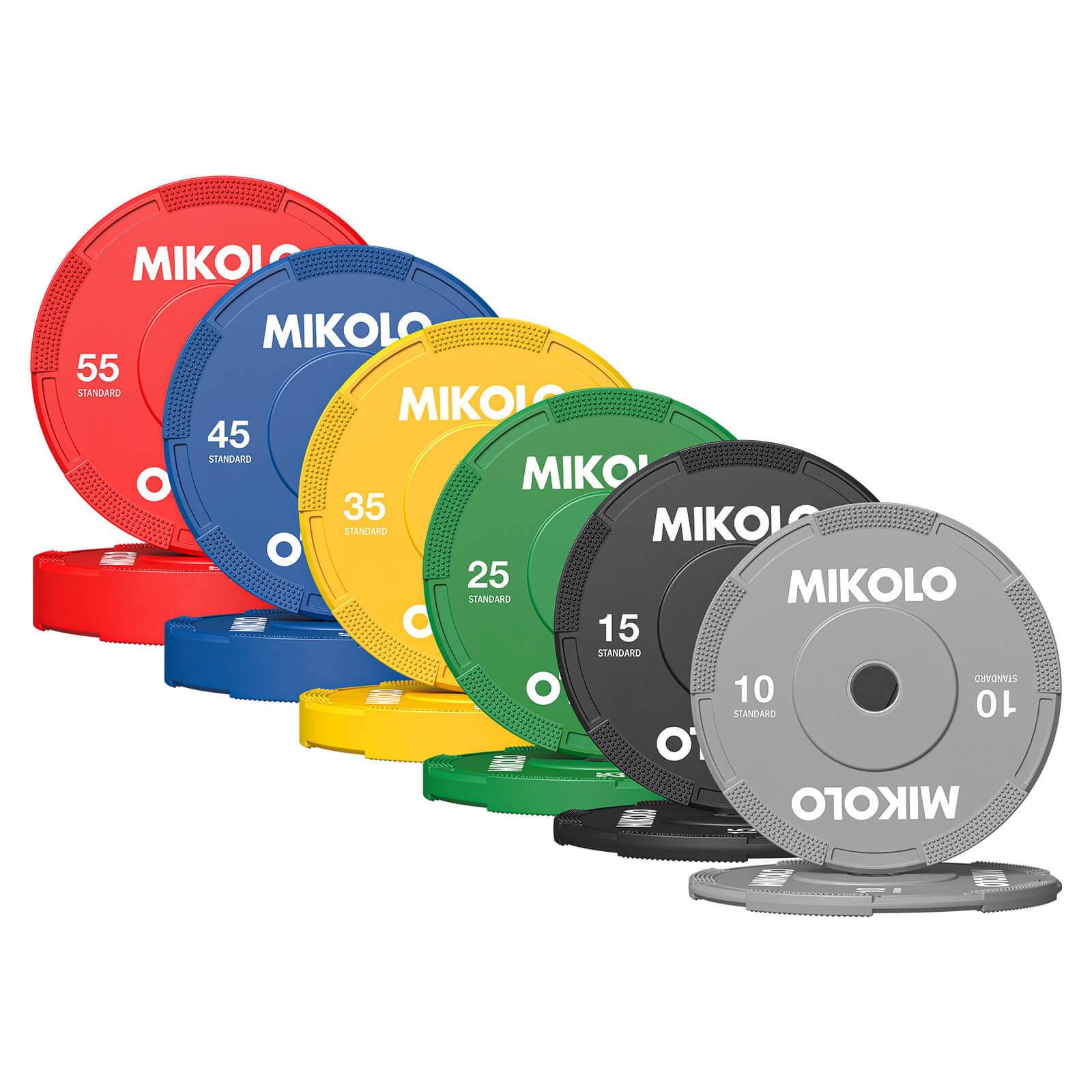
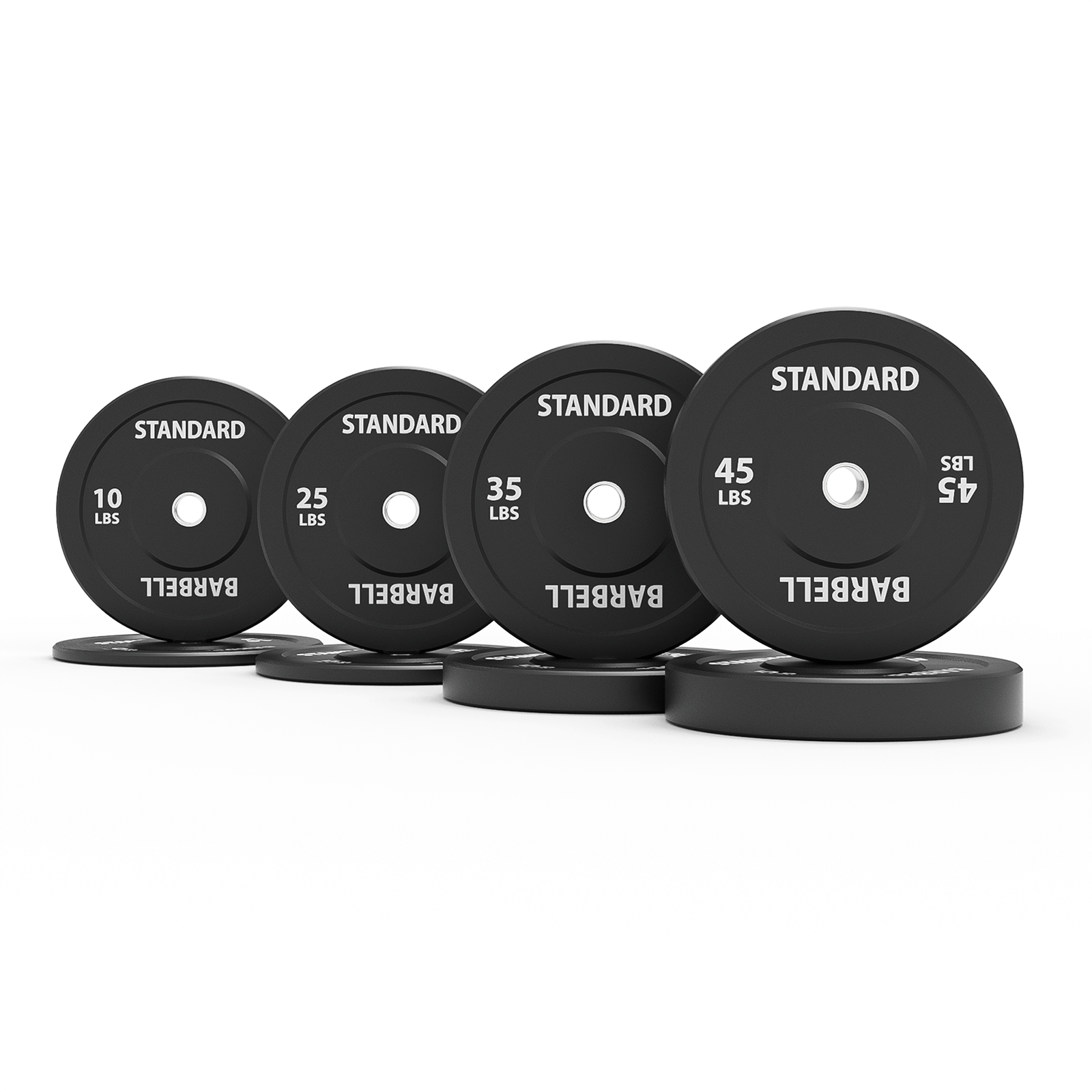
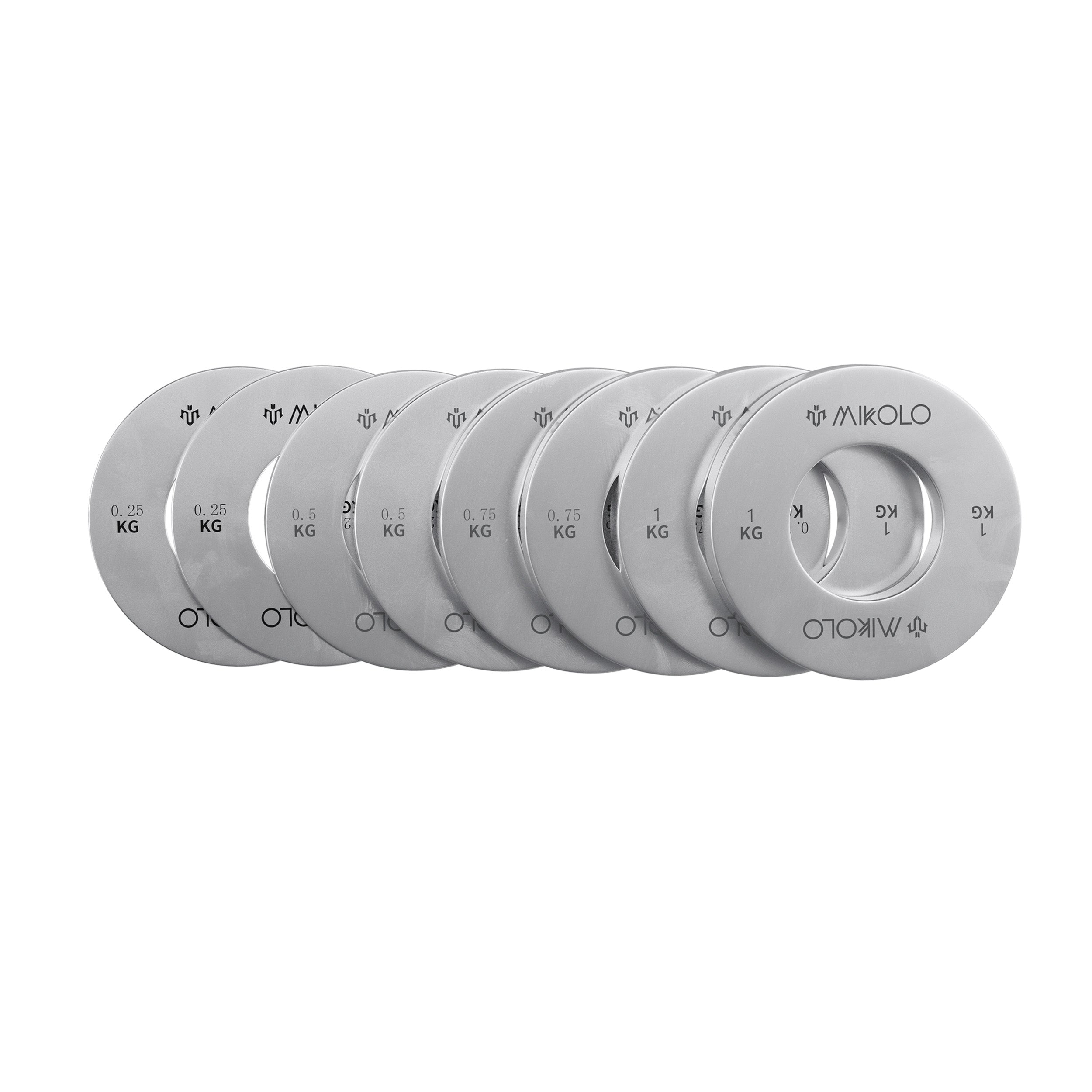
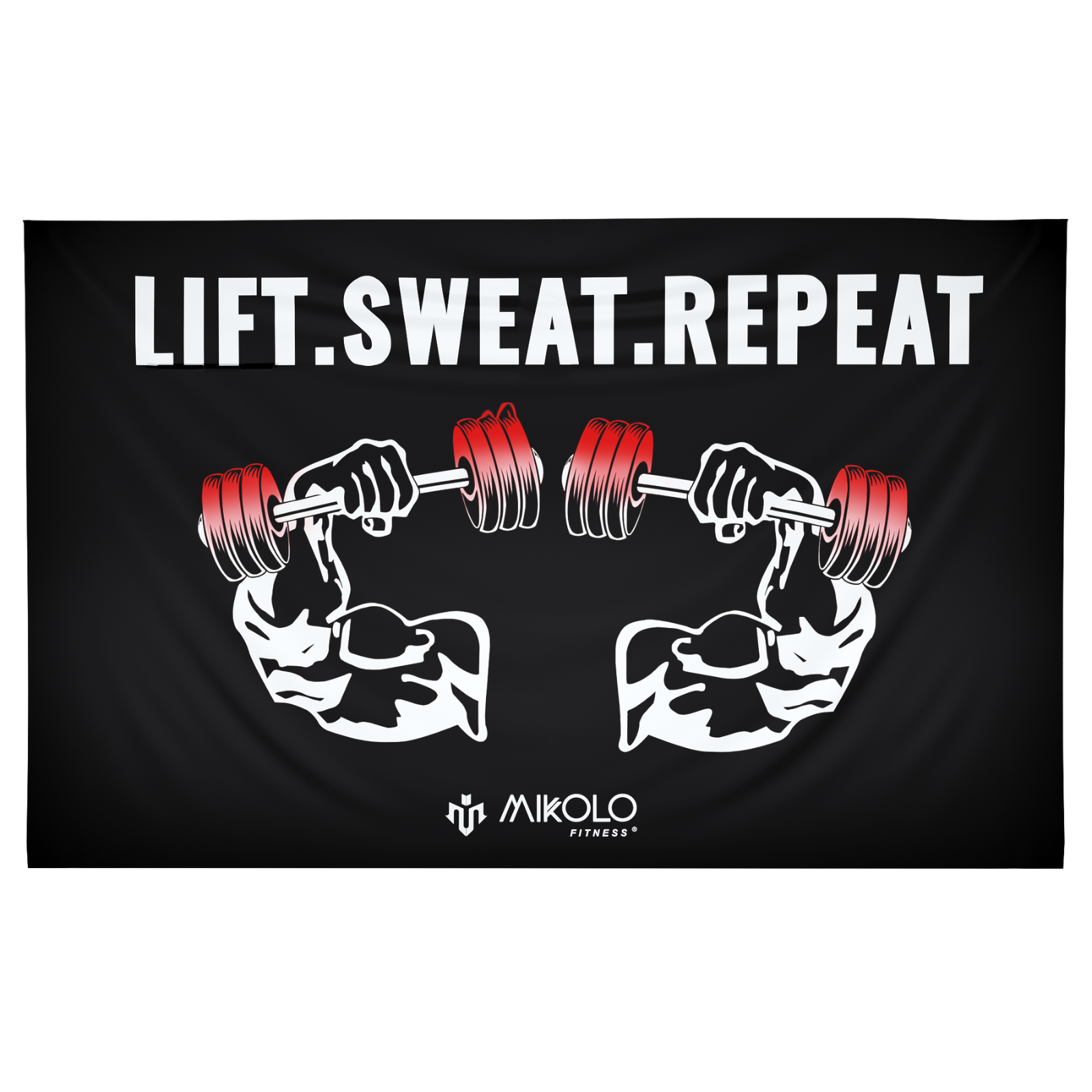
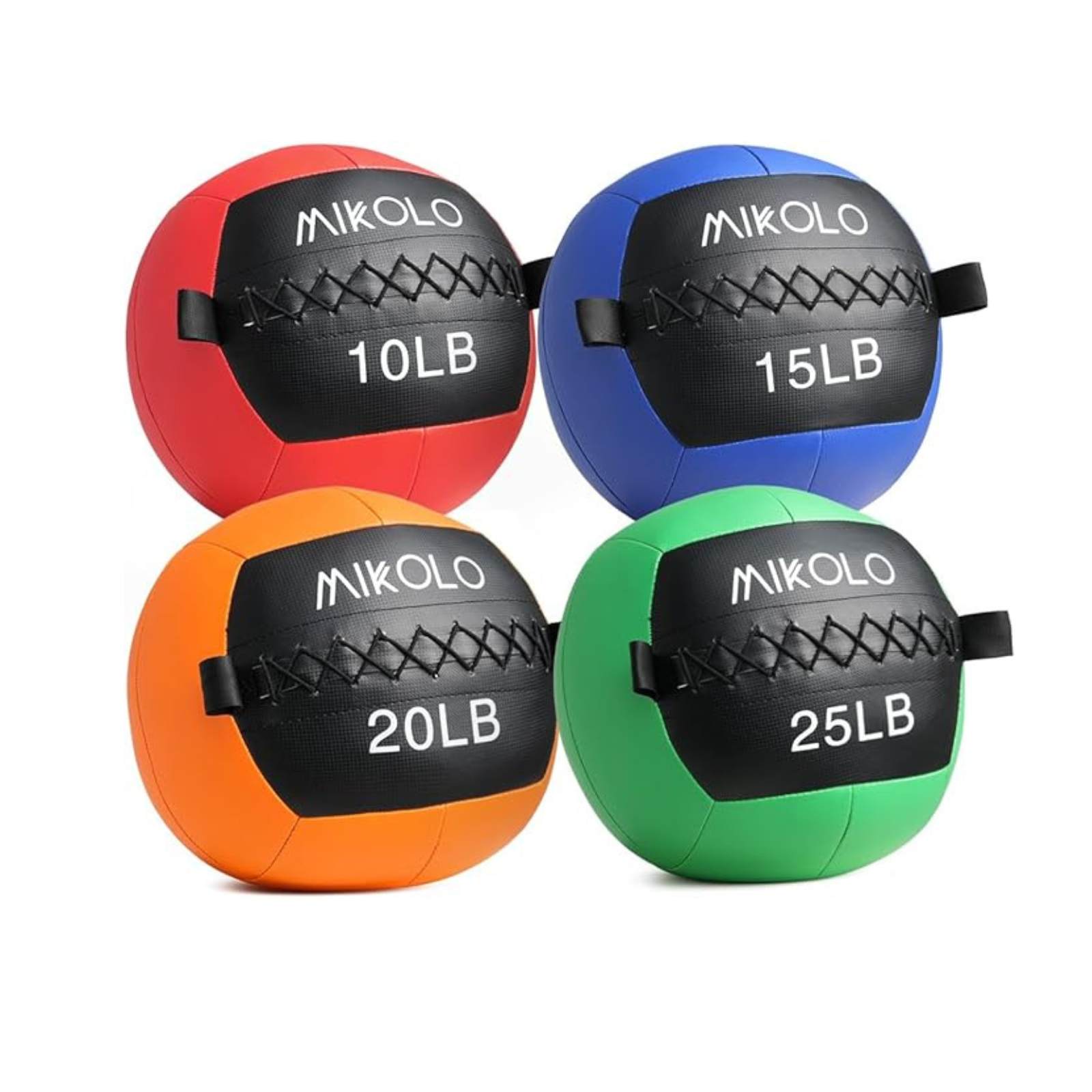
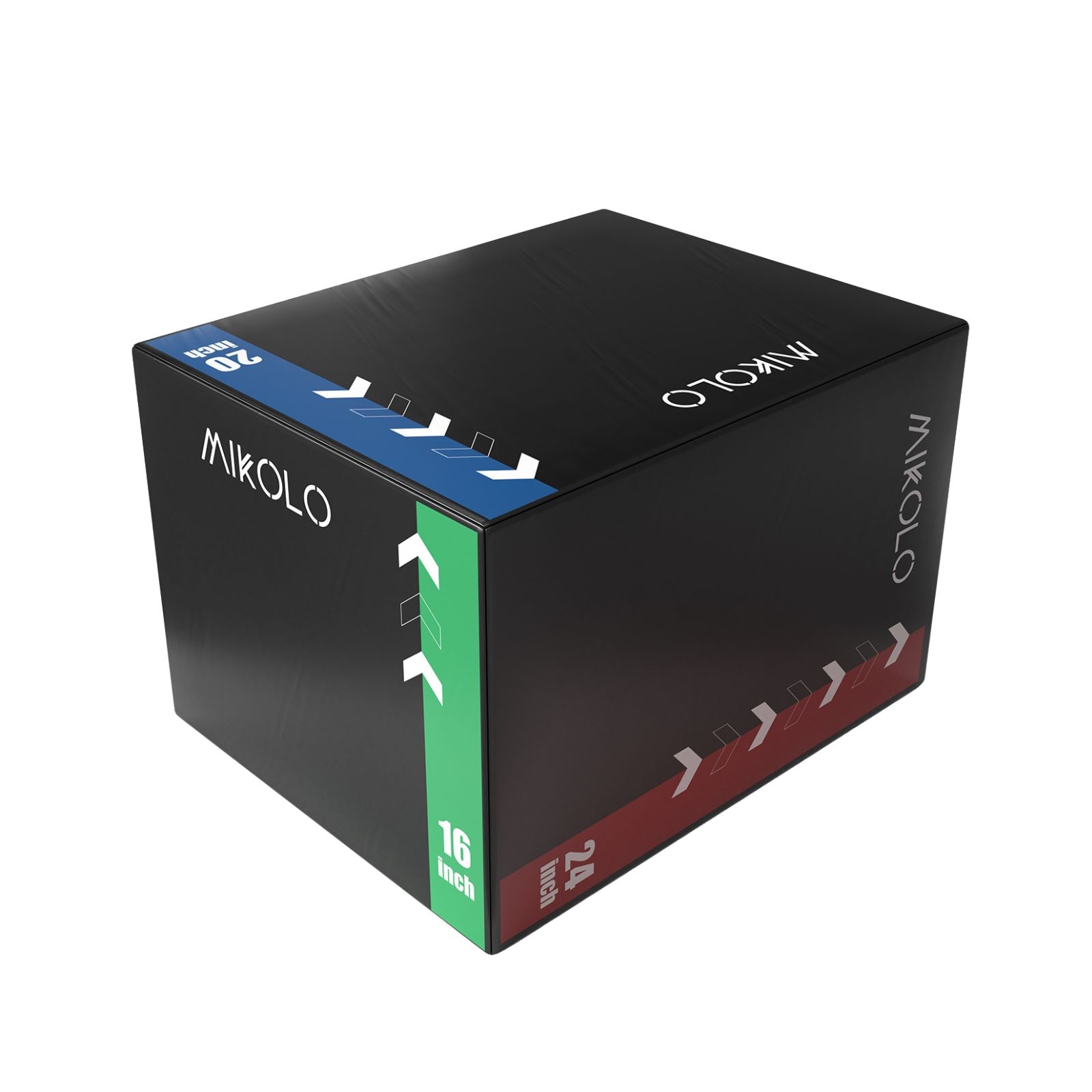

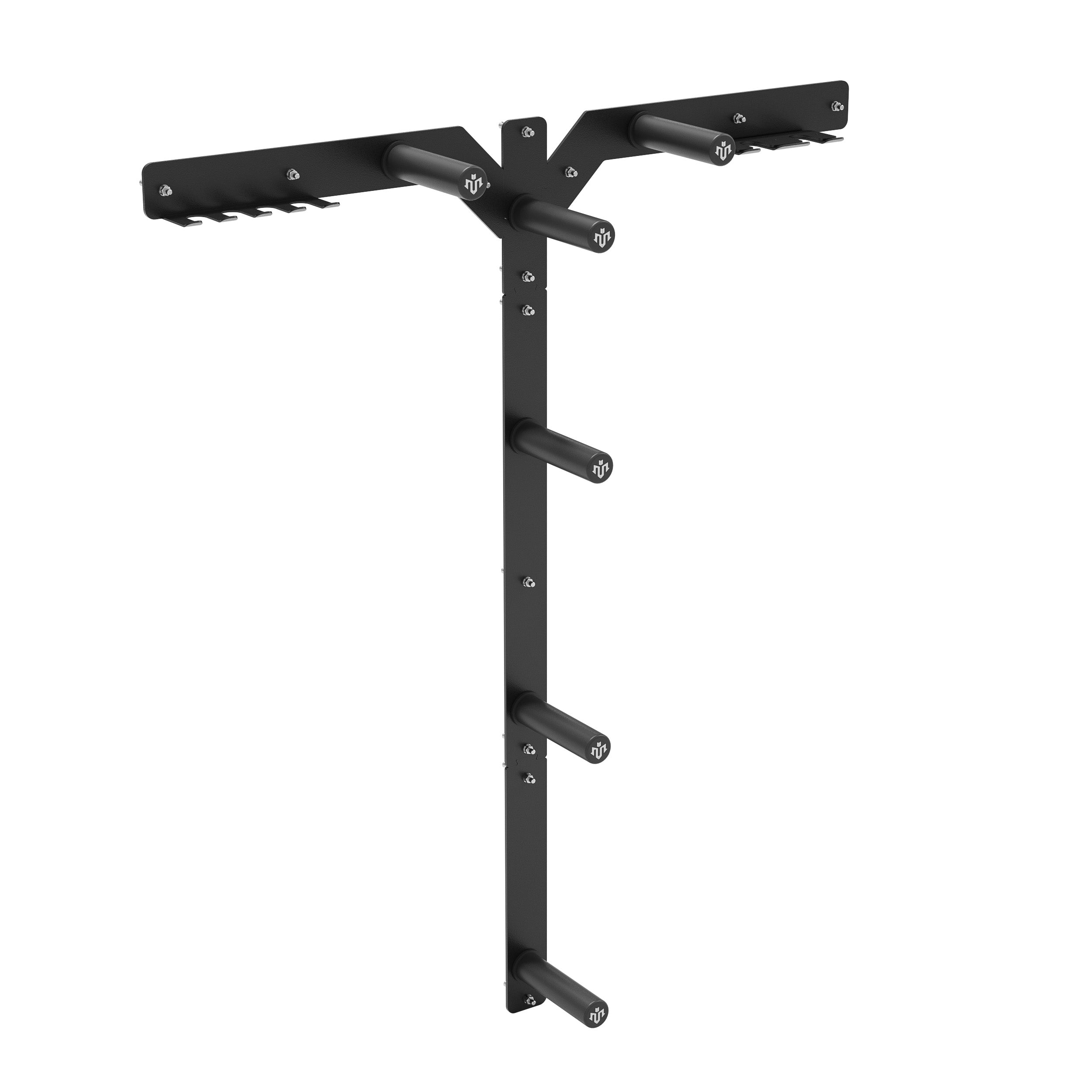




Leave a comment
This site is protected by hCaptcha and the hCaptcha Privacy Policy and Terms of Service apply.